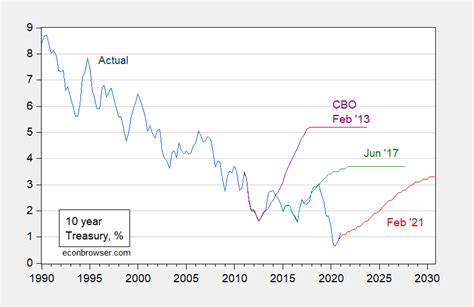Introduction
The S&P 500 index, which tracks the performance of the 500 largest publicly traded companies in the United States, has consistently outperformed other major indices over the long term. As a result, S&P 500 exchange-traded funds (ETFs) have become increasingly popular with investors seeking exposure to the U.S. stock market.

Benefits of S&P 500 ETFs
- Diversification: S&P 500 ETFs provide instant exposure to a broad range of industries and sectors, reducing portfolio risk.
- Cost-effectiveness: ETFs typically have lower fees than actively managed mutual funds, making them a more cost-effective way to track the S&P 500.
- Liquidity: S&P 500 ETFs trade on major exchanges, ensuring high liquidity and ease of buying and selling.
- Long-term growth: Historically, the S&P 500 has delivered strong returns over the long term, making it a reliable option for investors seeking steady growth.
Top 3 S&P 500 ETFs
1. SPDR S&P 500 ETF Trust (SPY)
- Expense ratio: 0.0945%
- Assets under management: $364 billion
- Dividend yield: 1.55%
- Historical returns: 10.1% over the last 10 years
SPY is the largest and most popular S&P 500 ETF, offering a comprehensive tracking of the index with low fees and high liquidity.
2. iShares Core S&P 500 ETF (IVV)
- Expense ratio: 0.03%
- Assets under management: $270 billion
- Dividend yield: 1.55%
- Historical returns: 10.1% over the last 10 years
IVV is a low-cost alternative to SPY, offering similar exposure to the S&P 500 with slightly lower fees.
3. Vanguard S&P 500 ETF (VOO)
- Expense ratio: 0.03%
- Assets under management: $230 billion
- Dividend yield: 1.55%
- Historical returns: 10.1% over the last 10 years
VOO is a cost-effective and highly liquid S&P 500 ETF managed by Vanguard, known for its low-cost index funds.
Investment Strategy
Investors should consider the following factors when investing in S&P 500 ETFs:
- Investment horizon: S&P 500 ETFs are suitable for long-term investors seeking steady growth.
- Risk tolerance: Investors should consider their risk tolerance and invest accordingly. Historical returns do not guarantee future performance.
- Diversification: S&P 500 ETFs complement a diversified portfolio, reducing overall portfolio risk.
- Rebalancing: Investors should periodically rebalance their portfolios to maintain their desired asset allocation.
Conclusion
S&P 500 ETFs offer investors a convenient and cost-effective way to gain exposure to the U.S. stock market and participate in its long-term growth. By carefully selecting an ETF that aligns with their investment objectives and risk tolerance, investors can benefit from the diversification, liquidity, and potential returns of the S&P 500.
Appendix: Data Tables
Table 1: Key Statistics of Top 3 S&P 500 ETFs
| ETF | Expense Ratio | Assets Under Management | Dividend Yield | Historical Returns |
|---|---|---|---|---|
| SPY | 0.0945% | $364 billion | 1.55% | 10.1% over 10 years |
| IVV | 0.03% | $270 billion | 1.55% | 10.1% over 10 years |
| VOO | 0.03% | $230 billion | 1.55% | 10.1% over 10 years |
Table 2: Sector Allocations of S&P 500 Index
| Sector | Weight |
|---|---|
| Technology | 27% |
| Healthcare | 15% |
| Financials | 11% |
| Consumer Discretionary | 11% |
| Industrials | 10% |
| Consumer Staples | 8% |
| Energy | 5% |
| Telecommunications | 3% |
| Real Estate | 2% |
| Utilities | 2% |
Table 3: Historical Performance of S&P 500 Index
| Year | Return |
|---|---|
| 2022 | -18.1% |
| 2021 | 28.7% |
| 2020 | 16.3% |
| 2019 | 29.6% |
| 2018 | -4.4% |
Table 4: Future Projections for S&P 500 Index
| Year | Projected Return |
|---|---|
| 2023 | 8.5% |
| 2024 | 9.0% |
| 2025 | 9.5% |



